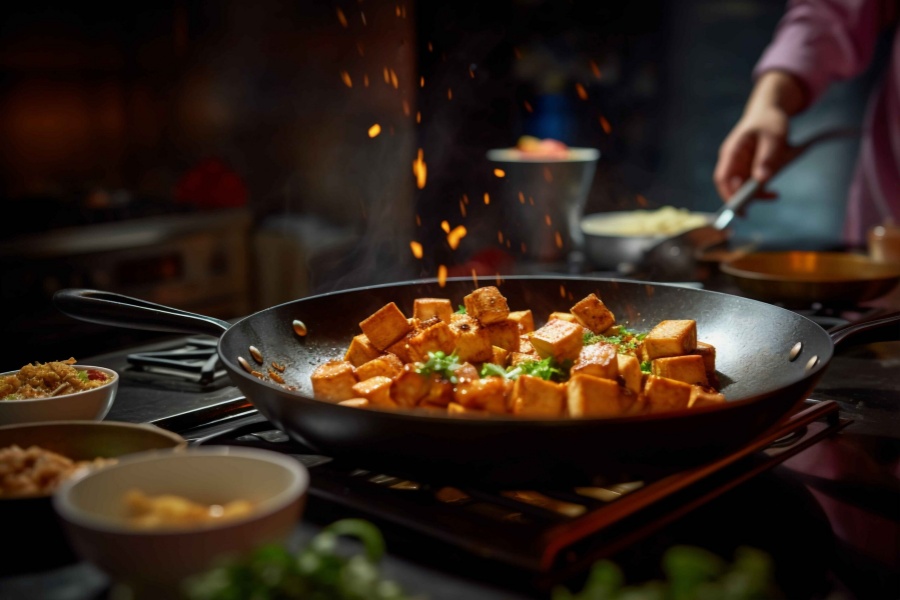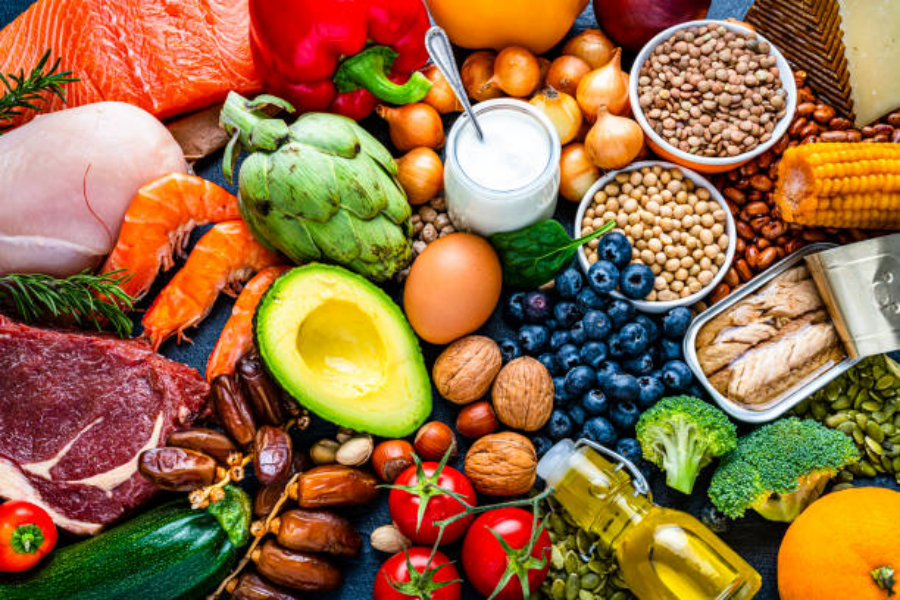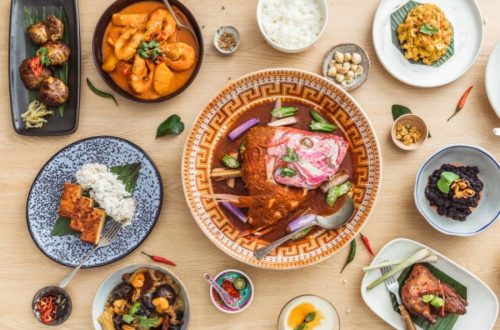At its core, cuisine is a reflection of geography and climate. The ingredients available in a region shape its culinary identity. For instance, Mediterranean cuisine thrives on fresh vegetables, olive oil, and seafood, while the hearty dishes of Northern Europe feature root vegetables and preserved meats. This connection to the land not only influences flavor but also fosters a sense of community, as families gather to share meals that celebrate local produce and traditions.
One of the most compelling aspects of cuisine is its ability to evolve. As cultures intersect and migrate, they bring their culinary practices with them, leading to the creation of fusion dishes that blend diverse flavors. Consider the popularity of tacos filled with Korean barbecue or sushi rolls adorned with cream cheese. These innovative combinations reflect a globalized world, where culinary boundaries are continually blurred, and new traditions are born.

Cuisine also serves as a powerful medium for cultural expression. Festivals and feasts often center around specific dishes that hold deep significance. For example, the Chinese New Year is celebrated with dumplings symbolizing wealth and prosperity, while Thanksgiving in the United States revolves around a roast turkey, representing gratitude and abundance. These culinary traditions not only nourish the body but also strengthen bonds among families and communities.
Moreover, cuisine is an art form that invites creativity and experimentation. Chefs are akin to artists, using ingredients as their palette to create visually stunning and flavorful masterpieces. The rise of molecular gastronomy, for instance, has transformed the dining experience, allowing chefs to play with textures and flavors in groundbreaking ways. This artistic approach to cooking challenges our perceptions of food and encourages us to appreciate the intricate details of each dish.

In recent years, a growing emphasis on sustainability has also influenced cuisine. As consumers become more aware of their environmental impact, many chefs are prioritizing locally sourced and seasonal ingredients. This shift not only supports local farmers but also enhances the flavors of dishes, as fresh ingredients are often more vibrant and nutritious. The farm-to-table movement exemplifies this trend, highlighting the importance of responsible sourcing and mindful eating.
In conclusion, cuisine is a rich and compelling field that encompasses much more than mere sustenance. It is a celebration of culture, history, and creativity, inviting us to explore the world through flavors and traditions. Whether through a comforting home-cooked meal or an innovative dish at a fine dining restaurant, cuisine connects us to our roots and to one another, making every bite a meaningful experience.





